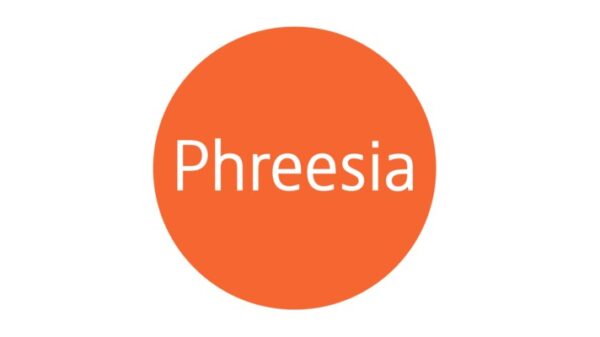The global market for vertical short-form dramas has reached an impressive $700 million in revenue as of the first quarter of 2025. These bite-sized episodes, often referred to as “micro-soaps” or “duanju” in their Chinese roots, are captivating audiences with their quick, engaging storytelling. The format, which typically features episodes lasting between 60 to 90 seconds and is designed for vertical viewing on smartphones, is drawing viewers away from traditional streaming platforms.
Leading the charge in this new entertainment landscape are companies like ReelShort and DramaBox. These platforms offer addictive narratives that range from werewolf romances to high-stakes mafia dramas, enticing users to subscribe for full access. With weekly costs reaching up to $20, these micro-soaps have quickly transitioned from a niche phenomenon in China to a global trend, especially in markets like the United States.
Growth and Market Dynamics
According to data from Medium’s Real Reel, mobile users spent nearly $700 million on in-app purchases related to vertical-drama apps in early 2025, marking a fourfold increase from the previous year. Downloads for these apps soared to 370 million, illustrating a significant shift toward on-the-go content consumption. Viewers are increasingly bingeing these episodes during commutes or breaks, mirroring the experience of scrolling through social media platforms like TikTok.
The business model employed by these apps is both innovative and controversial. They often provide free initial episodes that hook viewers with cliffhangers, compelling them to make micropayments or subscribe to unlock subsequent episodes. A single series can feature up to 100 episodes, each ending on dramatic twists that encourage ongoing payments for virtual currencies, such as “coins” or “gems.” A recent investigation by the Washington Post indicates that these platforms are successfully rivaling established streaming services like Hulu and Paramount+, with some boasting hundreds of millions of monthly active users.
Production costs for these series remain remarkably low, often under $300,000 per series, and are filmed quickly using non-union actors. This efficiency allows for the rapid release of new content weekly. However, concerns have been raised about potential worker exploitation, as highlighted in a report from NZ City, which discusses the intense demands placed on creators who frequently rely on AI for script generation.
Impact on Legacy Streaming Platforms
Emerging from China’s $5.3 billion micro-drama sector, these formats are now disrupting Western entertainment markets. U.S. adaptations blend Hollywood storytelling with Asian influences, attracting a diverse audience, particularly women aged 18 to 34. Engagement on social media platforms like X (formerly Twitter) showcases the excitement surrounding these series, with users actively discussing plot developments and sharing clips, enhancing their viral potential.
While Netflix and other traditional streaming services have experimented with short-form content, the monetization model of vertical dramas—with high-frequency payments—results in significantly higher revenue per user. The South China Morning Post warns that Hollywood should take note; platforms such as ReelShort have reported 55 million monthly users, significantly overshadowing previous failures like Quibi.
Critics of the vertical drama model argue that its success may be short-lived, as audiences could experience burnout from repetitive themes and narratives. Regulatory scrutiny is increasing as well, particularly concerning in-app purchase practices that some liken to gambling. A feature in WIRED suggests that since 2021, the industry has evolved from niche offerings to a mainstream threat.
Looking to the future, experts predict that vertical dramas will increasingly incorporate AI for personalized storytelling and explore partnerships with social media platforms. One producer remarked to HackerNoon that vertical series represent the future of streaming—mobile-first, emotionally driven, and infinitely scalable. Ignoring this trend could result in legacy players losing significant ground in an increasingly fragmented market.
Beyond the financial implications, vertical dramas are also reshaping cultural narratives. While they democratize storytelling, they may perpetuate stereotypes in their quest for viewer engagement. As audiences engage with these micro-soaps, they highlight a pivotal transformation in narrative consumption, compelling traditional media to adapt or risk becoming obsolete.

































































